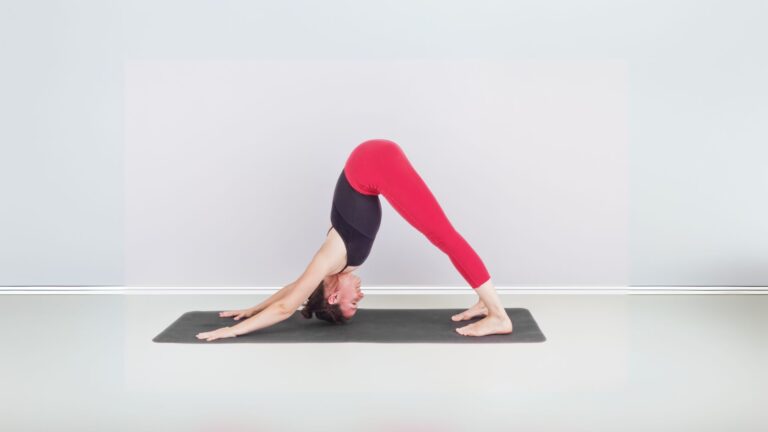Yoga Practice Name
Adho mukha svanasana (अधोमुखश्वानासन)


Adho mukha svanasana (अधोमुखश्वानासन)
Downward-Facing Dog Pose
Adho Mukha Svanasana is a foundational yoga posture resembling a dog stretching with its head down. It is an essential pose in many styles of yoga, especially in Vinyasa and Ashtanga. It rejuvenates the entire body, improves circulation, and builds strength and flexibility.
1.Uttanasana, 2.Surya Namaskar, 3.Uttana Shishosana